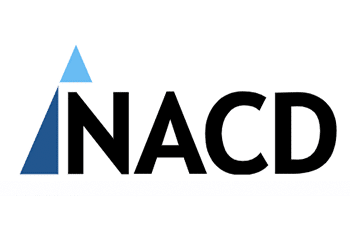What Changing Director Demographics Tell Us about Board Work
By: NACD
September 28, 2020

The forces that are shaping business are changing as much as they are intensifying, and with that comes evolving needs for board oversight. Given the extreme turbulence of 2020, NACD partnered with Main Data Group to empirically describe the size, shape, and structure of Russell 3000 boards. MyLogIQ also provided additional data to supplement our work. The research, which is collected in the forthcoming NACD publication Inside the Public-Company Boardroom, looks at the dimensions of market capitalization and three-plus year market trends to assess how boards are changing. Board turnover in particular illuminates shifts in board demographics, in terms of gender diversity, skill sets, and overall size.
Boards and Committees Are Getting Larger
According to Main Data Group, the average board size has grown steadily between 2017 and 2020. In 2017, the average board size consisted of 9.88 members, and today that figure stands at 10.13; in the Russell 3000, this means the addition of more than 1,000 board seats. Small- and mid-cap companies have largely driven this trend, whereas large- and mega-cap companies have seen, on average, a slight decrease in board size: 12.29 members down to 12.12.
Some articles require a paid subscription.



